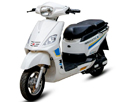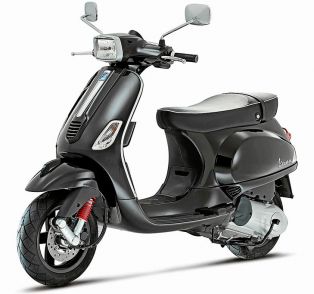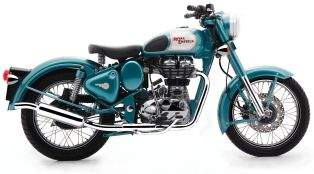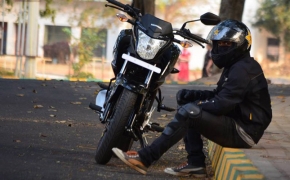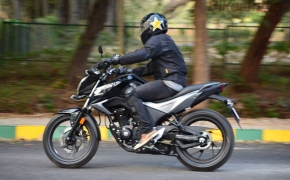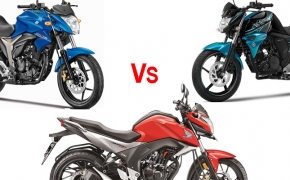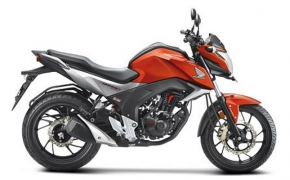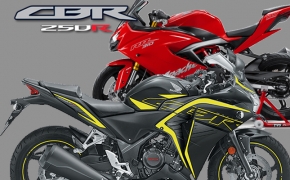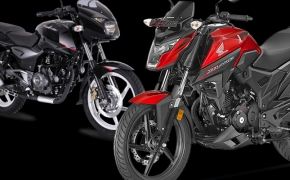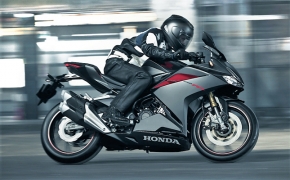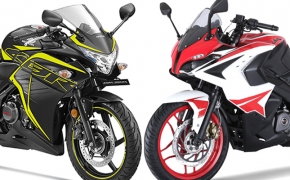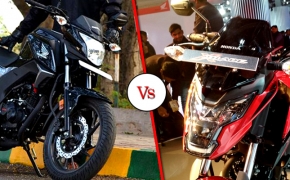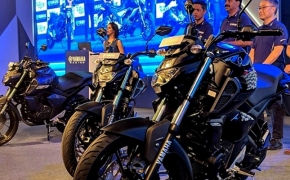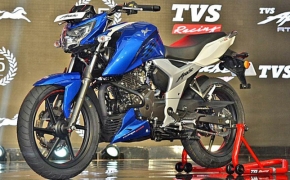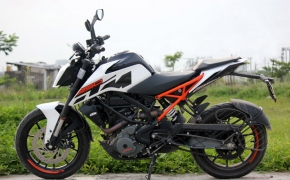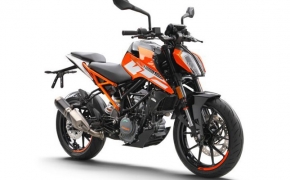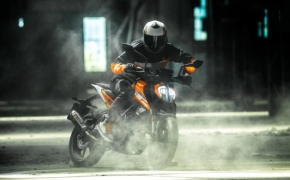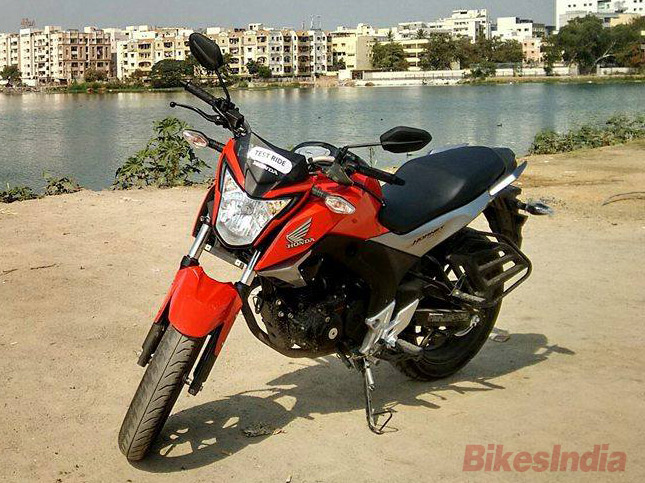 Honda's attitude towards the Premium commuter segment has always been a negative one, with them pitching bikes like the CB Dazzler and CB Trigger against the very successful Yamaha FZ16 series. After a long time Honda has updated their 150cc workhorse- The Unicorn with an all new 160cc mill which impressed many. August 4th was the day when Honda pulled the sheets off their new premium commuter- the CB Hornet 160.
Honda's attitude towards the Premium commuter segment has always been a negative one, with them pitching bikes like the CB Dazzler and CB Trigger against the very successful Yamaha FZ16 series. After a long time Honda has updated their 150cc workhorse- The Unicorn with an all new 160cc mill which impressed many. August 4th was the day when Honda pulled the sheets off their new premium commuter- the CB Hornet 160.
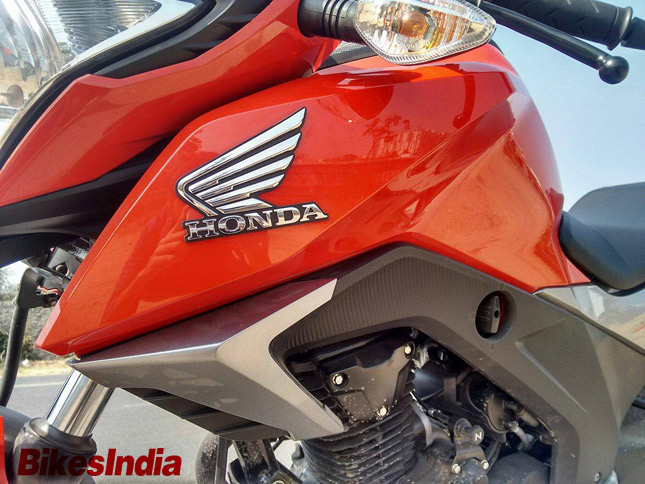 Based on the mechanicals of the Unicorn 160 and tuned for class leading power and torque, the Hornet carried an all new design language introduced with the Unicorn 160 and carried on to basic commuters like the Livo. Swing your leg over the saddle and you'll be baffled by the level of comfort the seat offers. Though it has single seat, it's very comfortable up front. The wide handlebar and slightly rearset footpegs (First time I've ever seen them on a Honda commuter) gives the rider a very comfortable yet sporty stance that could be comparable to its newest and closest Rival from Hamamatsu- The Suzuki Gixxer.
Based on the mechanicals of the Unicorn 160 and tuned for class leading power and torque, the Hornet carried an all new design language introduced with the Unicorn 160 and carried on to basic commuters like the Livo. Swing your leg over the saddle and you'll be baffled by the level of comfort the seat offers. Though it has single seat, it's very comfortable up front. The wide handlebar and slightly rearset footpegs (First time I've ever seen them on a Honda commuter) gives the rider a very comfortable yet sporty stance that could be comparable to its newest and closest Rival from Hamamatsu- The Suzuki Gixxer.
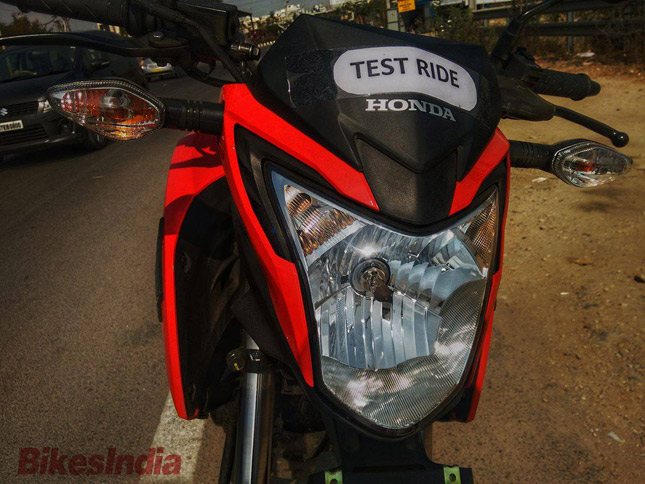 The edgy tank panels, the swept back headlamp,the stubby side mounted exhaust and the X- shaped tail light coupled with a healthy 140/70 R17 tire gives the Hornet a Big bike feel. It's a head Turner, especially in the red shade. Plastic panel and paint quality is good, and though you get the good ol' left hand biased switchgear found in all Honda motorcycles and a similar speedometer from the Unicorn 160, the quality is very good and on par with the competition.
The edgy tank panels, the swept back headlamp,the stubby side mounted exhaust and the X- shaped tail light coupled with a healthy 140/70 R17 tire gives the Hornet a Big bike feel. It's a head Turner, especially in the red shade. Plastic panel and paint quality is good, and though you get the good ol' left hand biased switchgear found in all Honda motorcycles and a similar speedometer from the Unicorn 160, the quality is very good and on par with the competition.
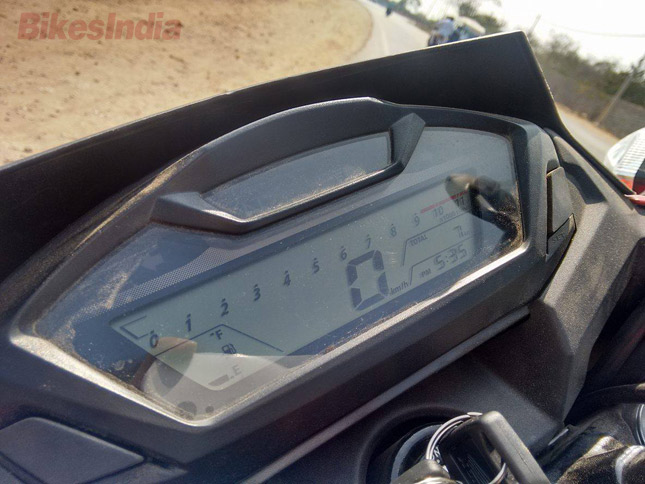 Thumb the boxy ignition button and the sound is calm and soothing. Sans vibrations of course (It's a Honda, so that's expected). The long stroke engine produces 15.6 Horsepower and a meaty 15 Nm of torque, a boon for city commuters and naked purists. The clutch is smooth and the power delivery is linear, the sound accompanied by a minute whistle might remind you of the elder sibling- The CBR 250R (though that might be unit specific). The throttle response is good for a carbureted engine and the gearbox shifts with a smooth thud, unlike the Suzuki Gixxer in which the downshifts sound a bit harsh.
Thumb the boxy ignition button and the sound is calm and soothing. Sans vibrations of course (It's a Honda, so that's expected). The long stroke engine produces 15.6 Horsepower and a meaty 15 Nm of torque, a boon for city commuters and naked purists. The clutch is smooth and the power delivery is linear, the sound accompanied by a minute whistle might remind you of the elder sibling- The CBR 250R (though that might be unit specific). The throttle response is good for a carbureted engine and the gearbox shifts with a smooth thud, unlike the Suzuki Gixxer in which the downshifts sound a bit harsh.
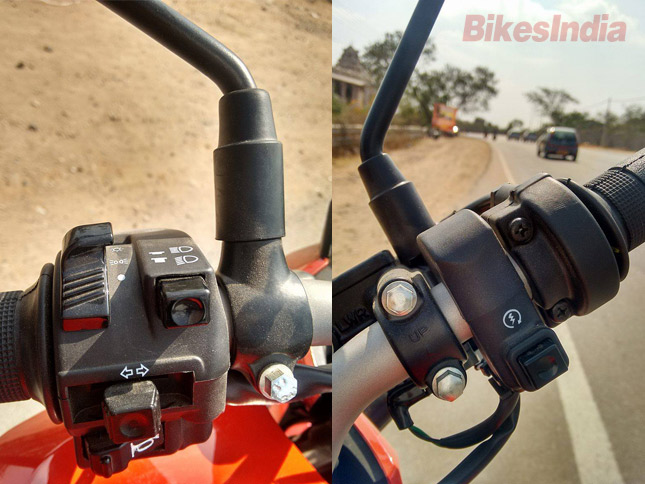 Braking Duties are shared by a 276mm single rotor disc in the front and a Conventional drum in the rear for the standard version, and a 220 mm rear disc for the CBS variant. Note that the CBS variant gets a three piston Nissin caliper in the front whereas the non CBS variant is featured with twin pod brake caliper upfront. The rims are shod with 100/80 R17 and 140/70 R17 tires from MRF, which offer good grip on dry tarmac (we're yet to test it in the wet).
Braking Duties are shared by a 276mm single rotor disc in the front and a Conventional drum in the rear for the standard version, and a 220 mm rear disc for the CBS variant. Note that the CBS variant gets a three piston Nissin caliper in the front whereas the non CBS variant is featured with twin pod brake caliper upfront. The rims are shod with 100/80 R17 and 140/70 R17 tires from MRF, which offer good grip on dry tarmac (we're yet to test it in the wet).
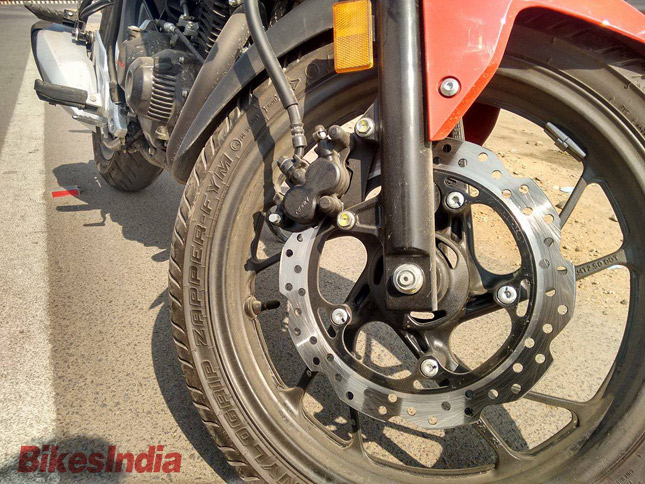 Honda has released an app specifically for the CB Hornet 160R in which the customer can get to know the specifications and pricing, as well as is able to book his own Hornet 160R. We'd like to thank Mr. Nithesh of JSP Honda, Kukatpally, Hyderabad for their support. Stay tuned for a comprehensive Road Test Review of CB Hornet 160R coming up soon.
Honda has released an app specifically for the CB Hornet 160R in which the customer can get to know the specifications and pricing, as well as is able to book his own Hornet 160R. We'd like to thank Mr. Nithesh of JSP Honda, Kukatpally, Hyderabad for their support. Stay tuned for a comprehensive Road Test Review of CB Hornet 160R coming up soon.By: Suraj





